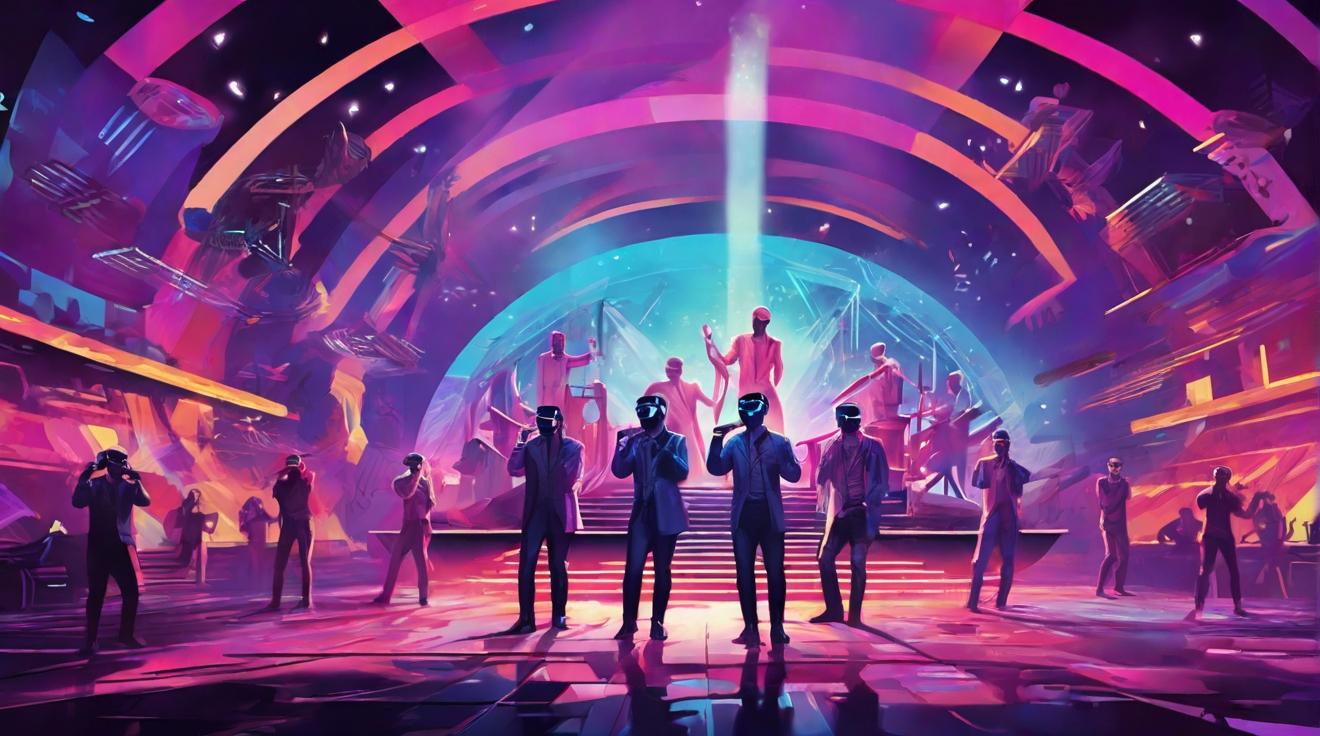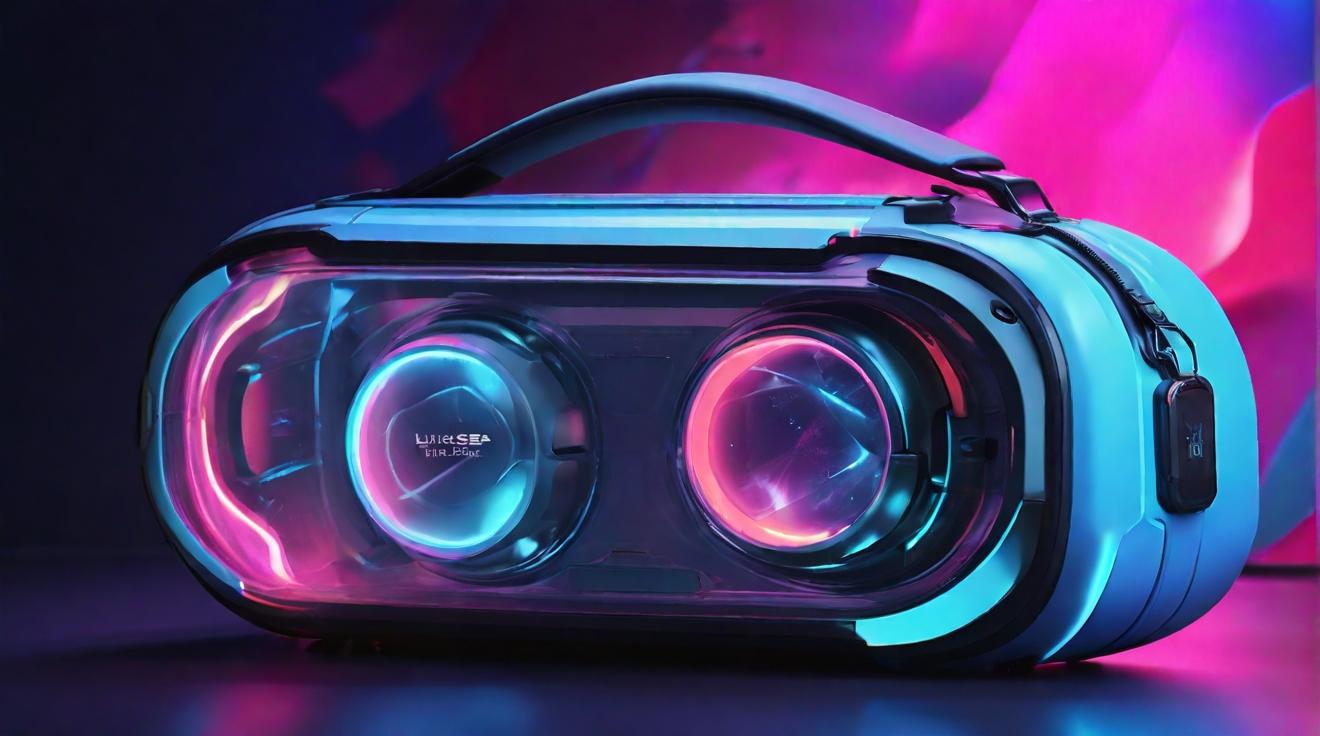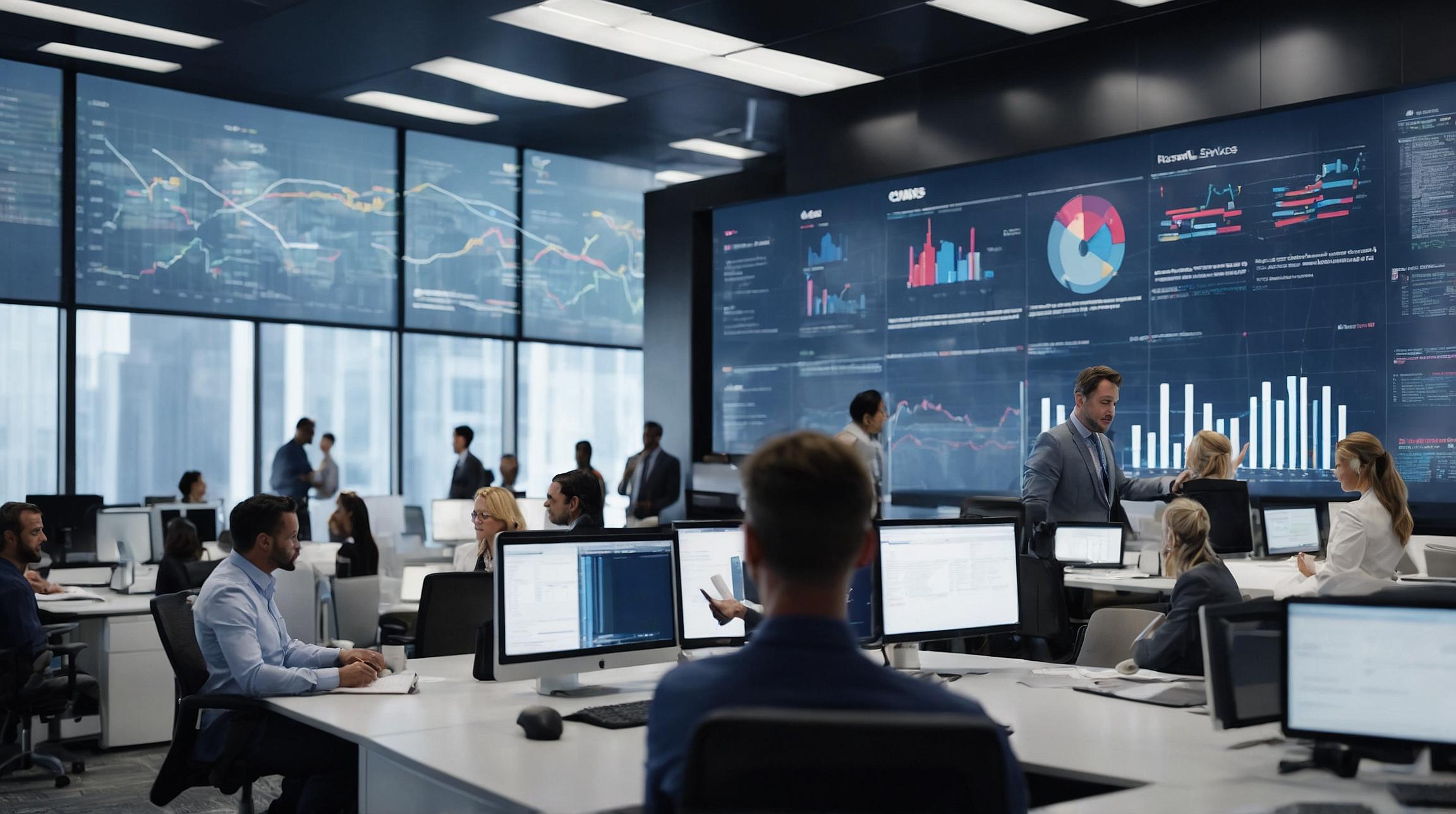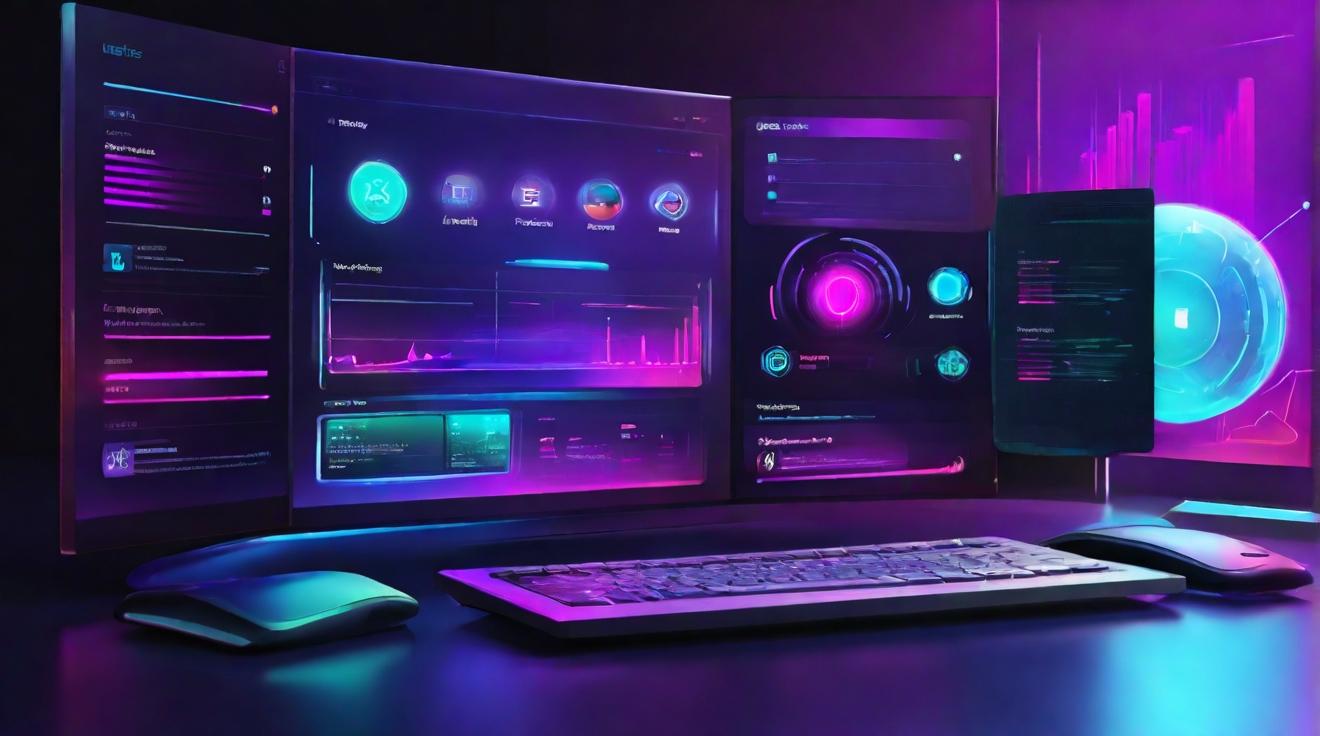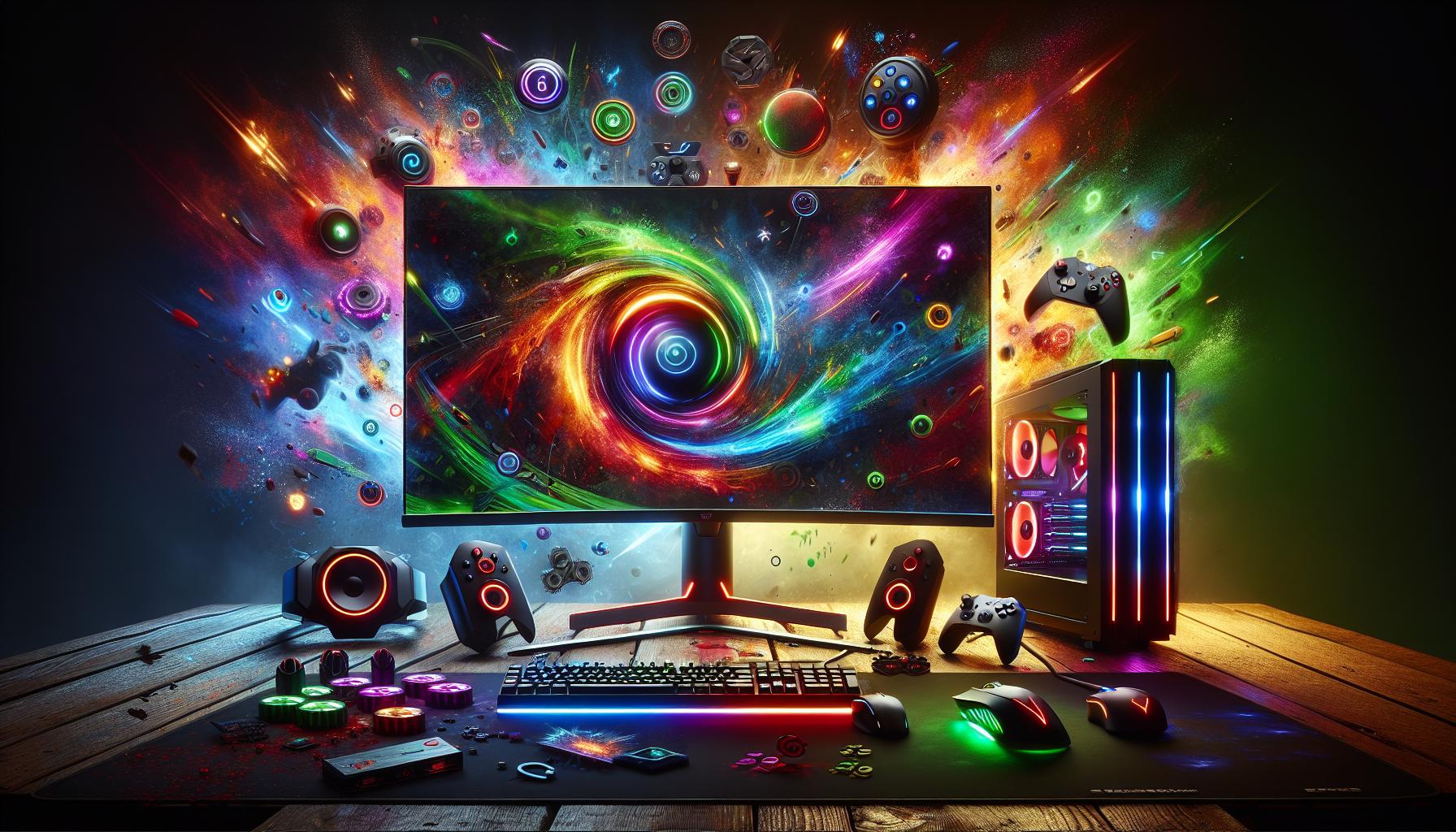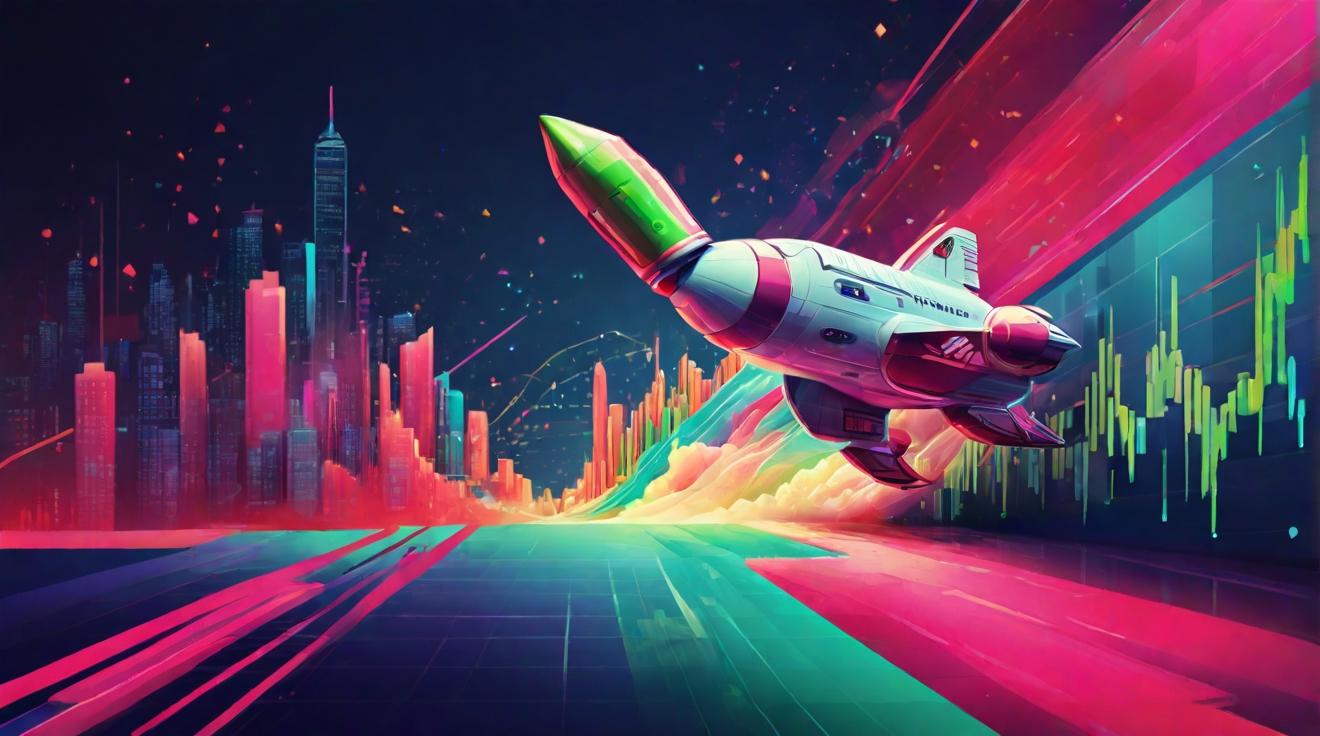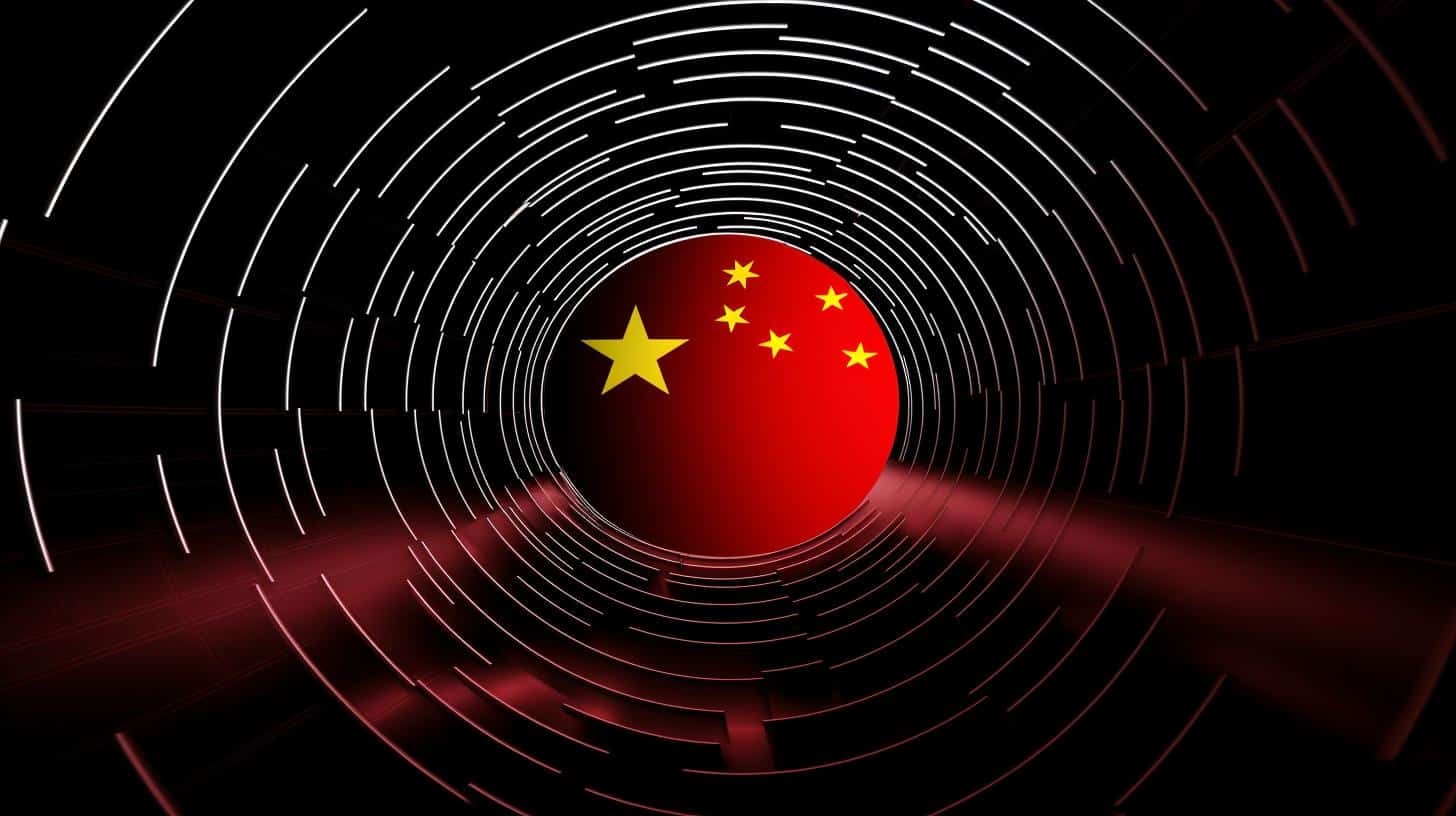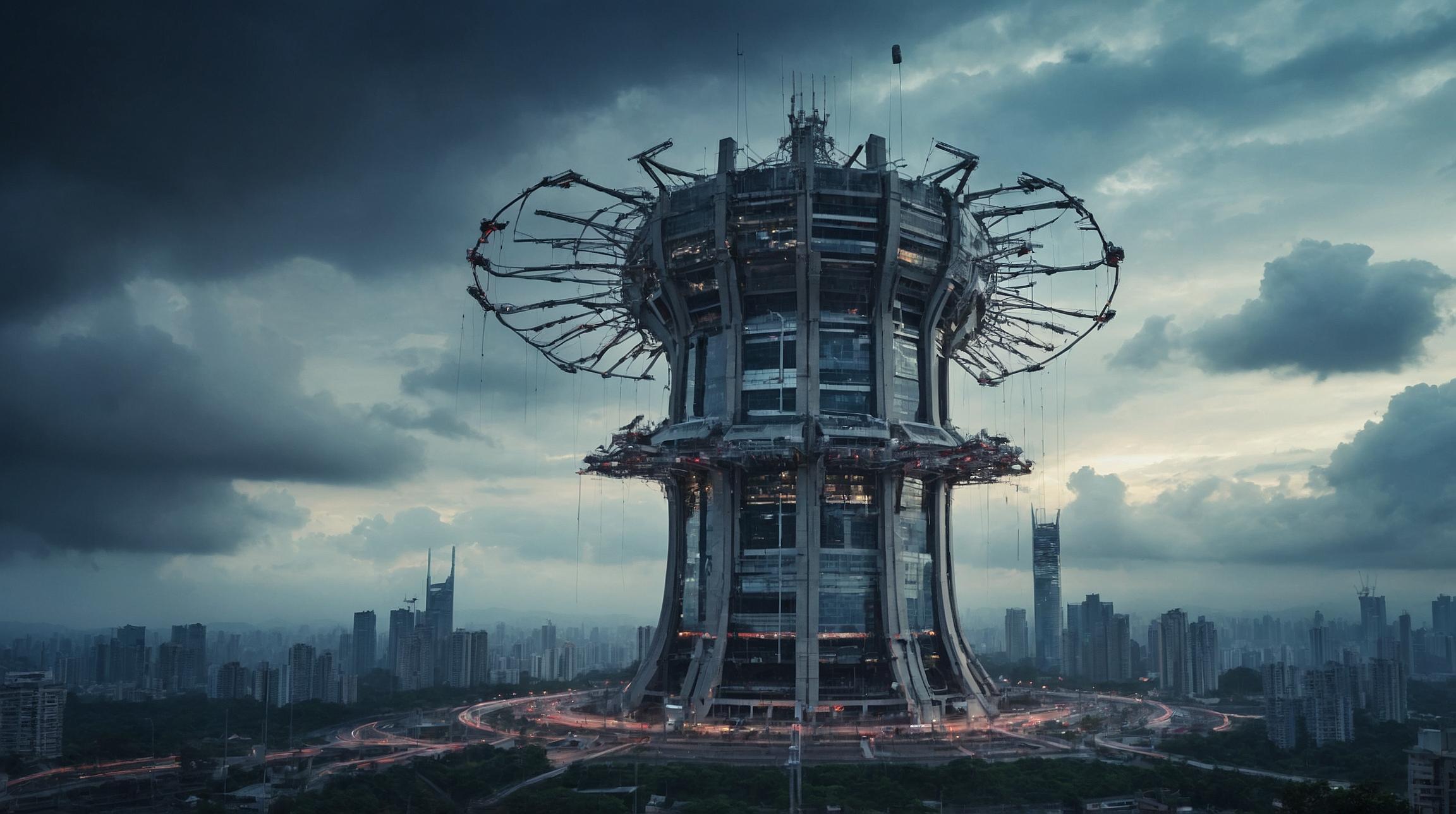Take That Announces Virtual Reality Integration for Upcoming Tour
In an era where live performances are constantly seeking new heights of engagement and spectacle, Take That is set to redefine the concert experience. Drawing inspiration from U2's use of virtual reality (VR) technology, Gary Barlow, Take That's lead singer, has announced plans to incorporate VR into their upcoming tour. This move aims to immerse fans in a concert experience unlike any other, with VR goggles transporting attendees into a visually and audibly enhanced world. The band embarks on a six-month journey across 72 dates to promote their latest album 'This Life', promising to bring a new dimension to live music performances.
Creating a Deeper Connection with the Audience
The idea of integrating virtual reality technology into live shows seeks to create a deeper connection between the artist and the audience. Barlow's vision for the tour is influenced by his firsthand experience of U2's immersive show, where the blend of music and virtual reality crafted an unparalleled concert atmosphere. "It's about making experiences in music bigger," Barlow explained.
The Technical Challenge and Barlow's Commitment to Innovation
The technical aspects of incorporating VR into live concerts involve the distribution and management of VR headsets among concert-goers and the creation of immersive content that complements the music. The challenge lies in synchronizing the virtual environment with live performances, ensuring a seamless experience that captivates the audience.
As Take That prepares for their upcoming tour, the anticipation for their VR-enhanced shows reflects a broader trend towards more immersive and interactive experiences. Barlow's role as the visionary behind this initiative highlights his commitment to innovation in music. Despite considering himself the 'class bore' among his bandmates, his dedication to exploring new technological frontiers speaks volumes about his ambition to keep Take That at the forefront of the music scene.
A Bold Step into the Future of Concert Experiences
In conclusion, Take That's upcoming tour represents a bold step into the future of concert experiences. With the integration of virtual reality technology, the live music experience is poised to reach new heights, offering fans a glimpse into the potential future of entertainment. As the band prepares to embark on this exciting journey, their innovative approach may inspire a new trend in how artists connect with their audiences, making the concert arena a space for technological marvel as much as musical prowess.
Analyst comment
This news can be evaluated as positive. The incorporation of virtual reality technology in Take That’s upcoming tour will redefine the concert experience, offering fans a more immersive and interactive experience. This move reflects a broader trend towards more innovative and engaging live performances. As a result, the market for virtual reality technology and concert experiences is likely to see growth and could inspire other artists to adopt similar approaches.





